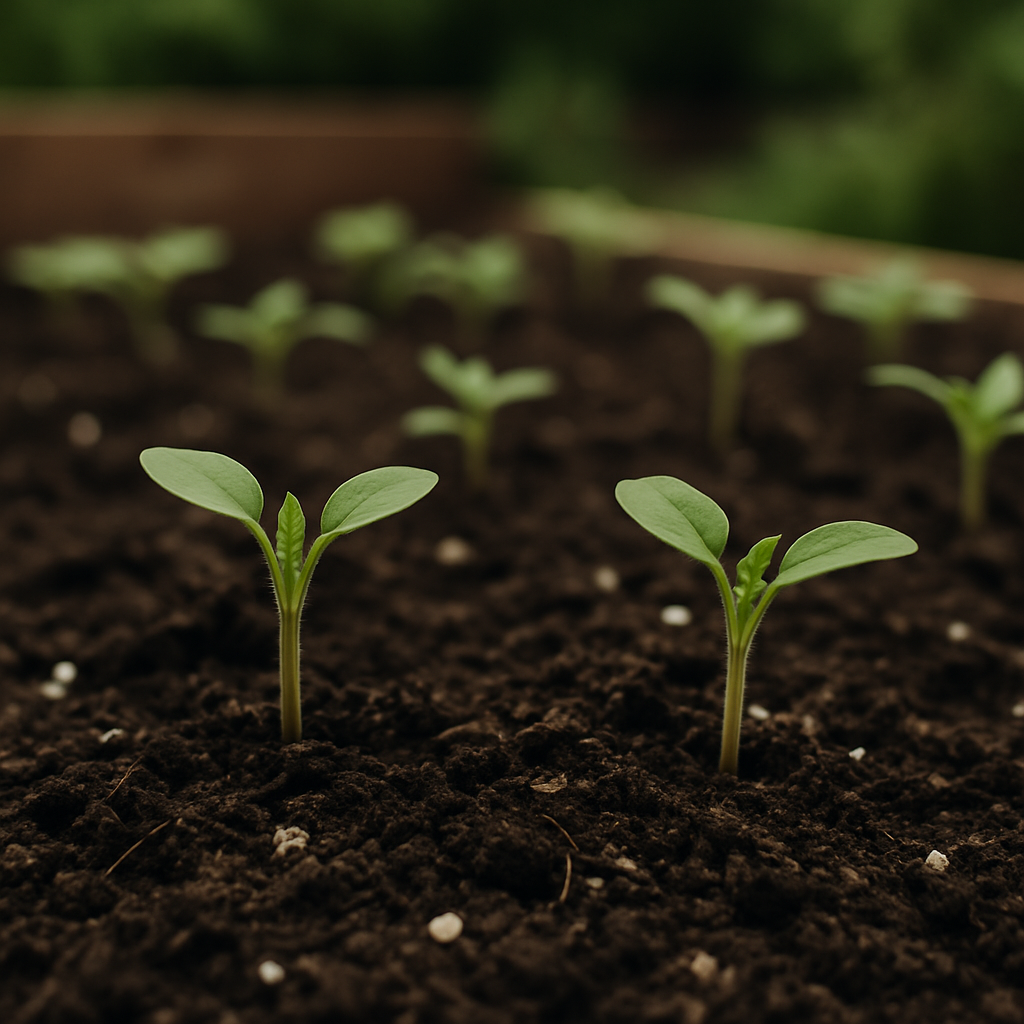Starting a garden from seeds is one of the most rewarding experiences a grower can have. Watching tiny seeds sprout into thriving plants connects us deeply to the land, and it allows us to grow food and flowers with care from the very beginning. Whether you’re new to gardening or simply want to refine your process, this guide will walk you through the basics of starting seeds successfully.
1. Choose the Right Seeds
Every great garden begins with great seeds. Look for heirloom, non-GMO seeds that are known for flavor, resilience, and tradition. At LoftLeaf Family Farm, we carefully hand-pack our seeds to ensure they’re fresh, viable, and ready to grow. When choosing, consider:
-
Climate: Select varieties that grow well in your region.
-
Purpose: Do you want vegetables, herbs, flowers, or soil-building cover crops?
-
Space: Compact varieties work best in containers, while larger crops need open ground.
2. Prepare Your Soil
Healthy soil is the foundation of a healthy garden. Seeds need soft, well-drained soil to germinate. Start by:
-
Loosening the soil with a rake or hand tool.
-
Mixing in compost to provide organic nutrients.
-
Leveling the surface so seeds can be evenly planted.
If starting indoors, use seed-starting mix rather than heavy garden soil.
3. Plant with Care
Each seed has its own preferred depth and spacing. A general rule of thumb: plant seeds about twice as deep as their size. For tiny seeds like basil, this means sprinkling them on the surface and lightly pressing them into the soil. For larger seeds like sunflowers, you’ll want to cover them with more soil.
Be sure to:
-
Label each row or tray with the seed type.
-
Plant in rows or grids for easy spacing and thinning later.
-
Water gently after planting to settle the soil.
4. Provide Light and Water
Seeds need consistent moisture, but not too much. Keep soil damp but never soggy—a spray bottle works perfectly for seedlings. If starting indoors, place trays near a sunny window or under grow lights. Outdoors, make sure your seedlings get 6–8 hours of sunlight daily.
5. Thin and Transplant
Once seedlings sprout, you’ll notice some growing stronger than others. Thinning ensures that only the healthiest plants remain. Snip weaker seedlings at the soil line rather than pulling them, which can disturb roots.
When seedlings develop their first set of true leaves, they’re ready to be transplanted into bigger containers or directly into the garden. Harden them off by gradually introducing them to outdoor conditions over a week.
6. Nurture and Enjoy
The final step is patience and care. Regular watering, weeding, and watching your garden grow will reward you with fresh vegetables, herbs, or flowers. Each plant you grow from seed carries the story of your effort, and that connection is what makes gardening so meaningful.
Final Thoughts
Starting a garden with seeds isn’t just about growing plants—it’s about growing life, connection, and legacy. At LoftLeaf Family Farm, we believe every packet of seeds holds potential far greater than its size. With the right care, your garden can flourish into a space that feeds, heals, and inspires.
🌱 Ready to start your garden? Explore our Seeds Collection today and choose the varieties that speak to you.

